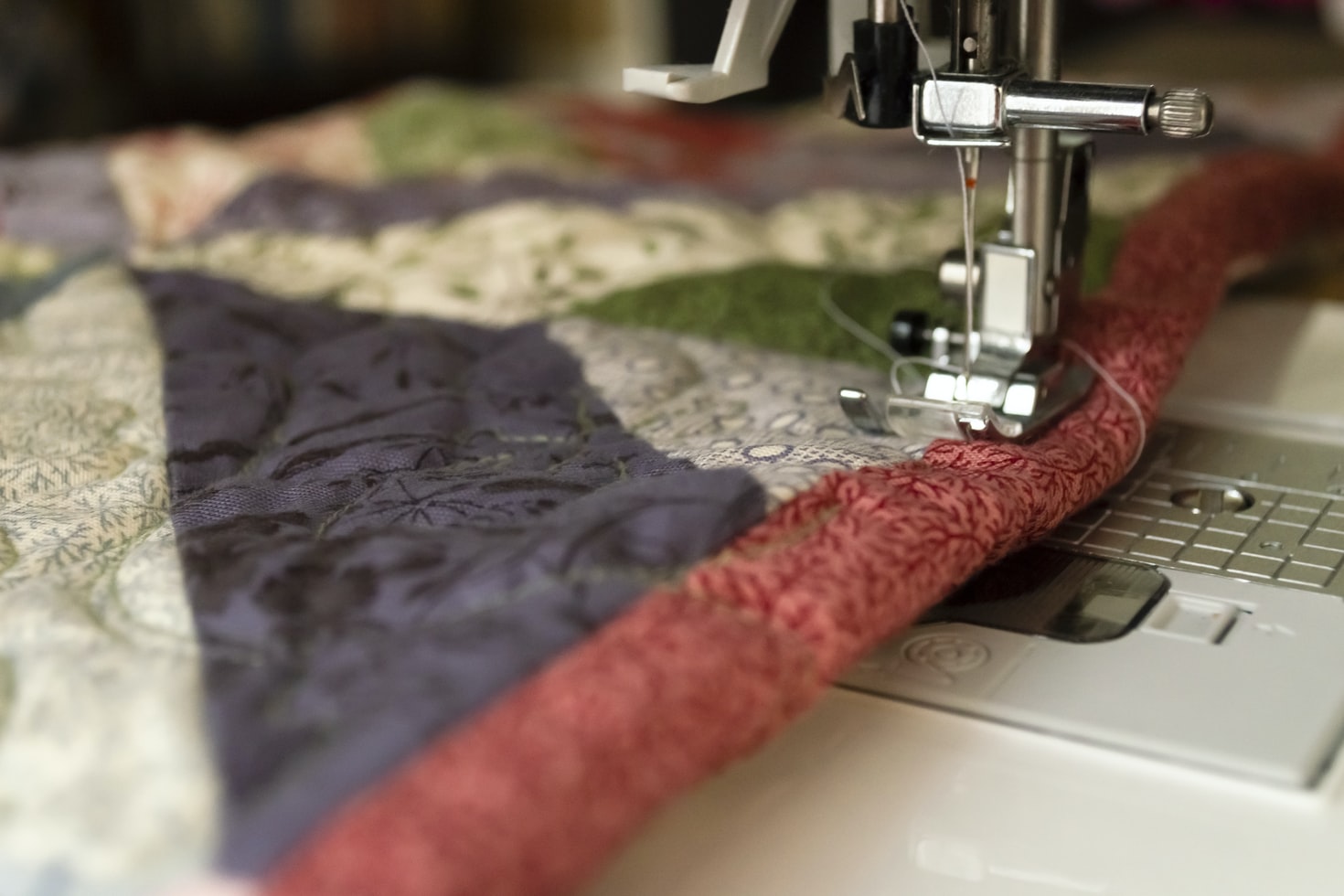Quilting can be an interesting and therapeutic hobby, especially for stay-at-home moms. If you learn to quilt well, you could sell your products on Etsy or locally.
But as a beginner who probably has never handled a needle and thread, you may doubt if you’re ever going to be good at it.
Don’t fret: every expert quilter you see today was a beginner like you once.
So, let’s get you up to speed about all you need to know as a beginner quilter.
Difference between quilting and sewing
While sewing involves holding two pieces of fabric together to create clothing, quilting is another form of sewing where two layers of fabric are stitched together with a layer of batting in-between. Quilting basically provides warmth due to the multiple layers, and they also create fascination with their beauty.
You don’t need expert sewing skills to be a quilter
You don’t need to be an expert seamstress to quilt. In fact, you don’t always need a sewing machine. Although it’s much slower, you can quilt by hand, making it a therapeutic hobby.
You can also get a basic sewing machine to make things faster, especially when you intend to sell your masterpieces.
Learn quilting using larger pieces
It’s more difficult and care-demanding to stitch many small pieces together than few large ones. As a beginner, it’s advisable to use larger pieces for your quilts because they go together more quickly than smaller ones.
Additionally, large pieces give you fewer seams to sew, so it’s easier to get more accurately-pieced blocks, and there’s less chance for error.
Choose square/rectangular quilt patterns
When it comes to shapes, nothing is easier to get right than squares and rectangles. Try playing with triangles, and you come up with distorted edges that just won’t agree with your hands.
As a beginner, quilt patterns that are made up of rectangular and square pieces as these are easier to stitch.
Take a beginner class online
While you may find many tips online just like this, nothing beats visual representation alongside text. It’s advisable to find quilting courses online so that you can visualize step-by-step tutorials on how to quit. Videos are more efficient for memory recall, especially for something as practical as quilting.
You’d likely find materials and be able to watch the videos at your convenience — learn at your own pace.
Learn with pre-cuts
Pre-cuts are fabrics cut into specific sizes and measurements and packaged. You’ll save a whole lot of time when you use pre-cuts because you won’t have to first cut your fabrics before sewing. The preliminary work has already been done for you so you can focus your might on the actual quilting.
Materials you need as a quilting beginner
The following are tools you need to learn how to quilt:
- Fabric – use quilting cotton (this is the most expensive item on the list)
- Measuring tools – quilting ruler, ruler & straightedge
- Cutting tools – rotary cutter & mat, scissors & marker
- Sewing tools – sewing machine (optional), hand needle
- Basting tools – batting, safety pins, spray, and thread.
Wrapping up
If things get too challenging, you may be tempted to quit rather than quilt, and you don’t want that. So this is a beginner’s guide to get you acquainted with what you need to get started and tips to make the process easier.
Indeed, quilting may be a great way to spice up your year.

